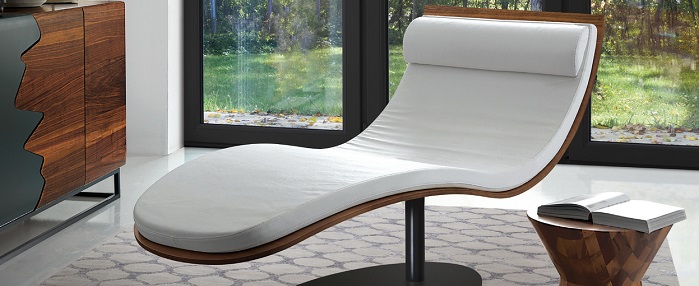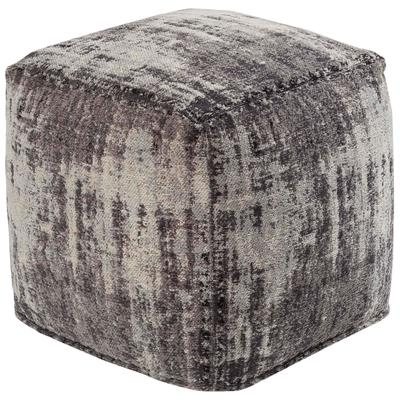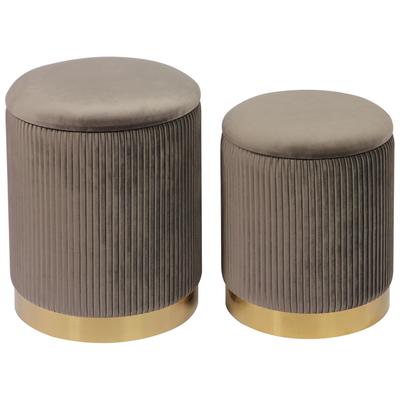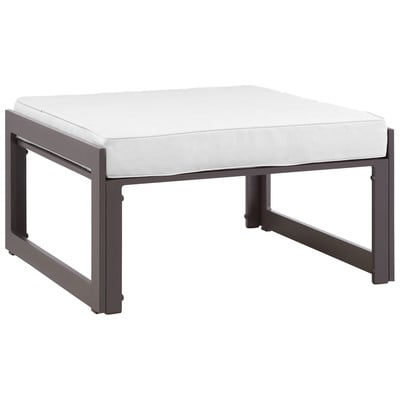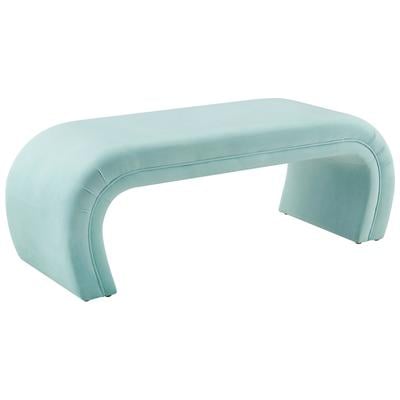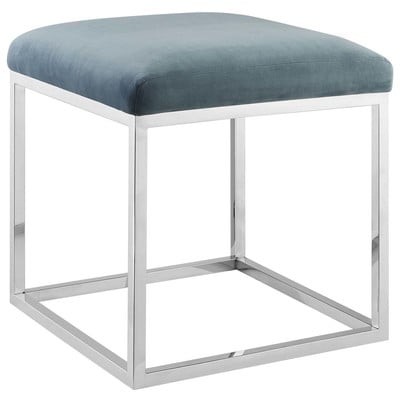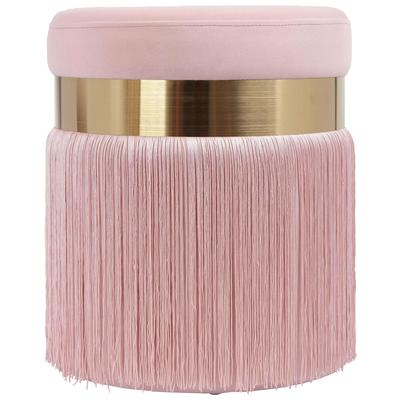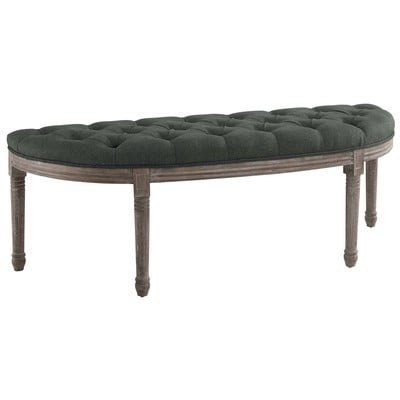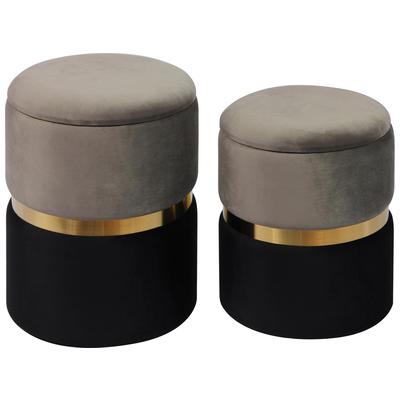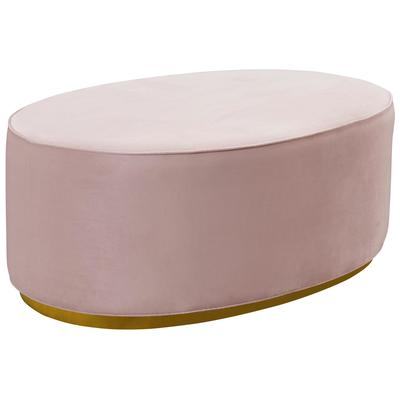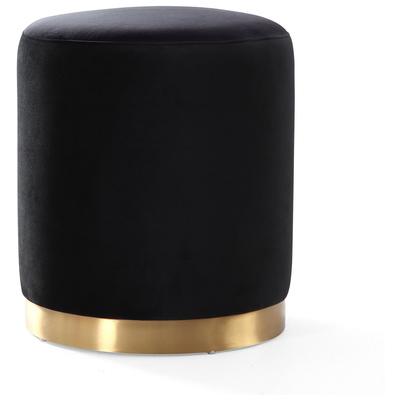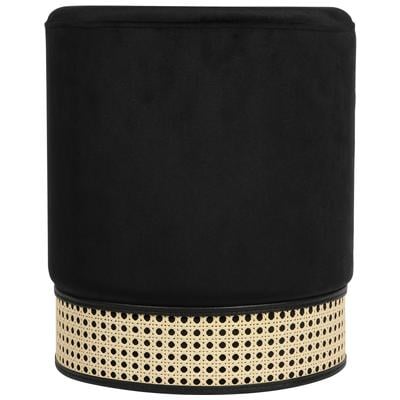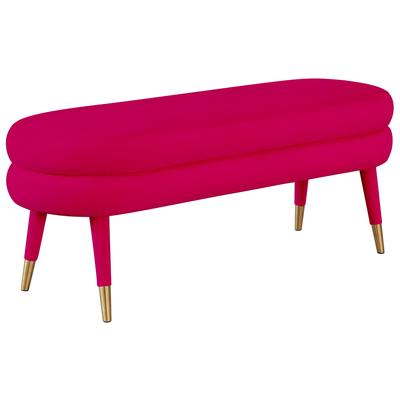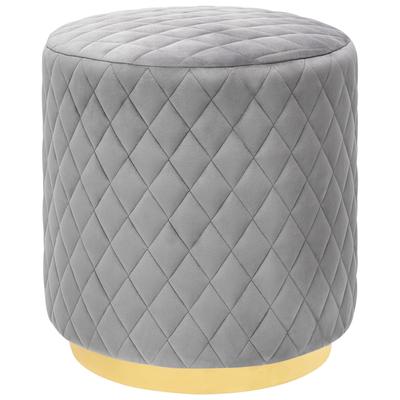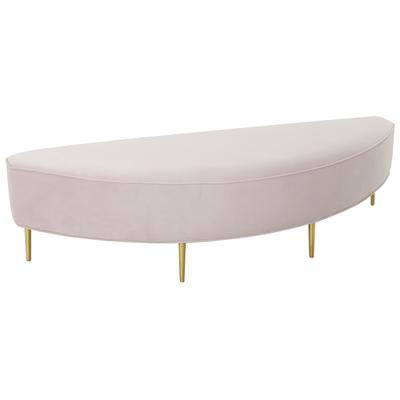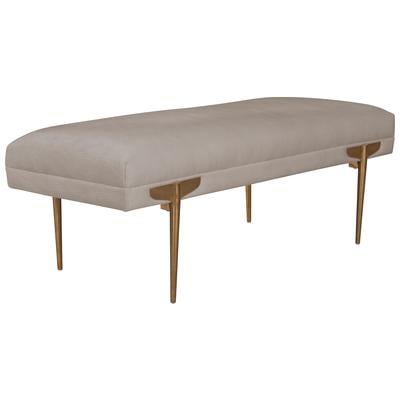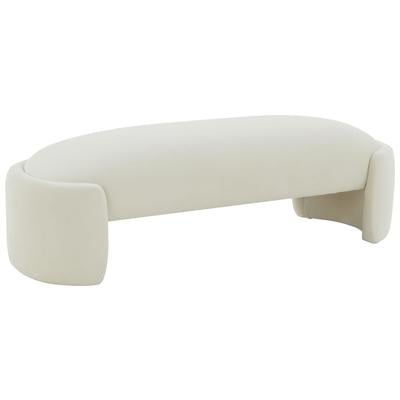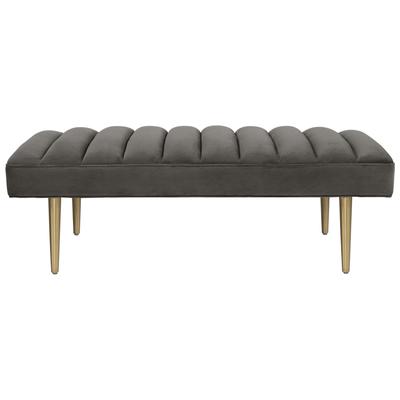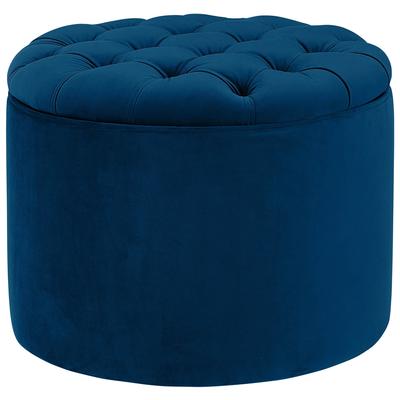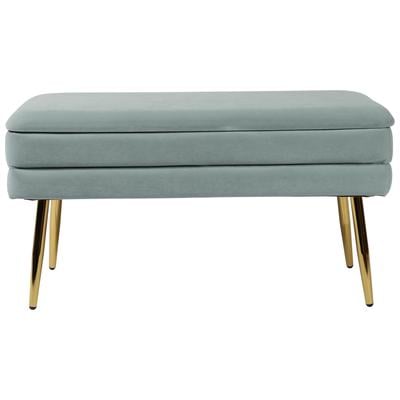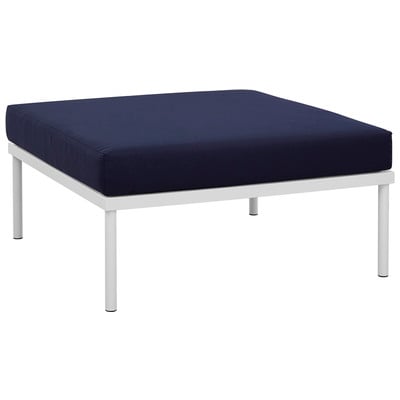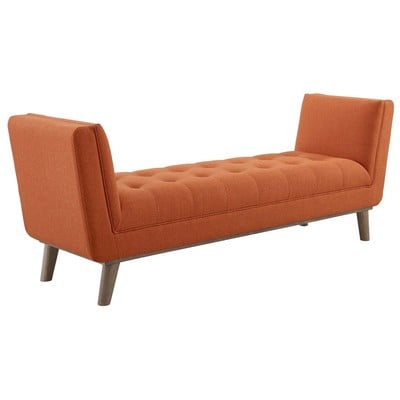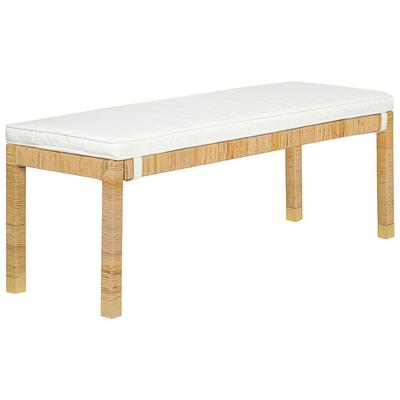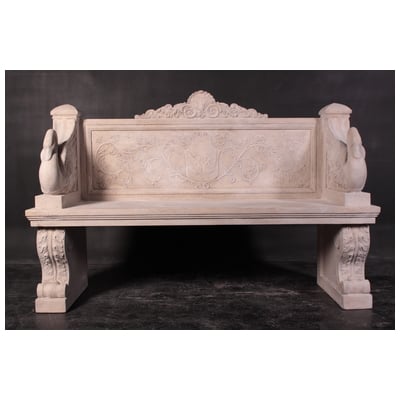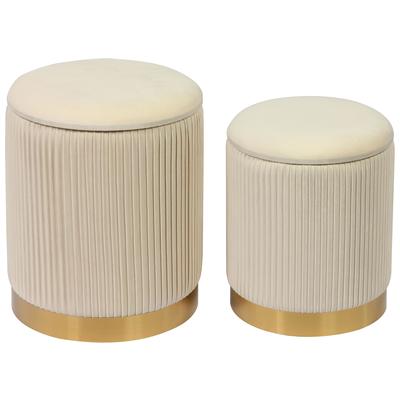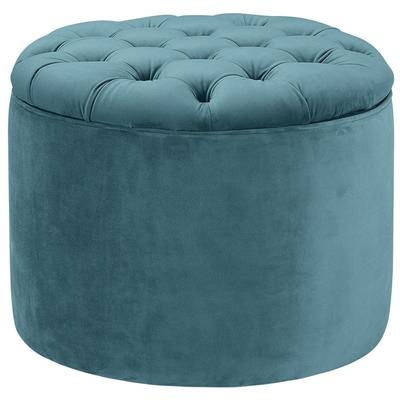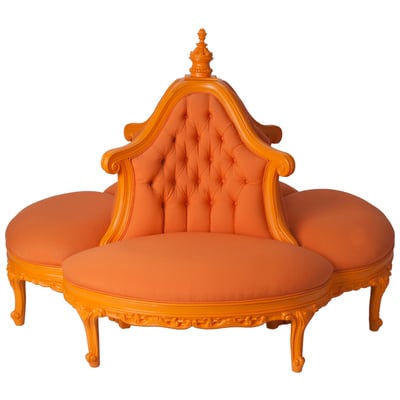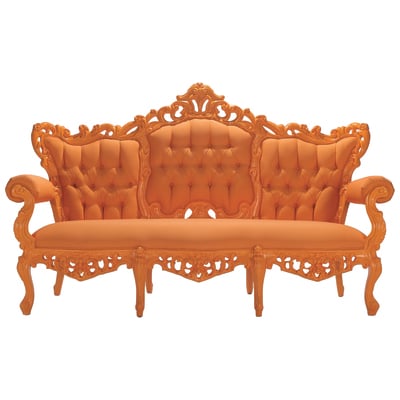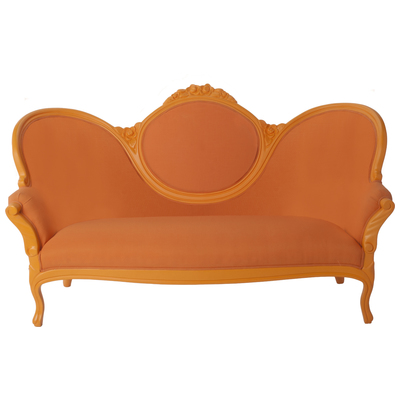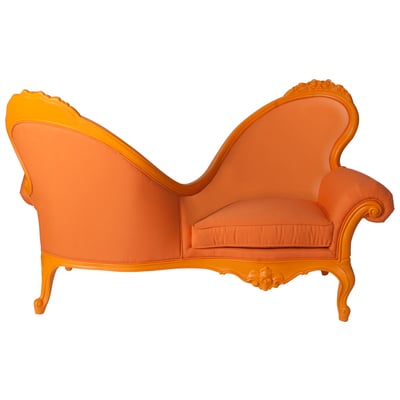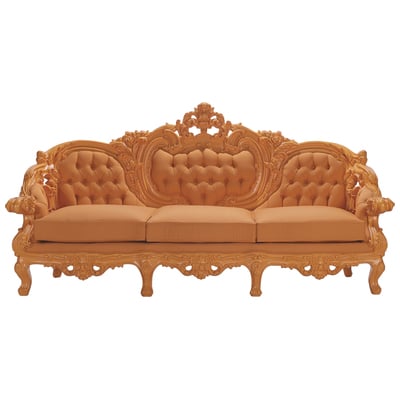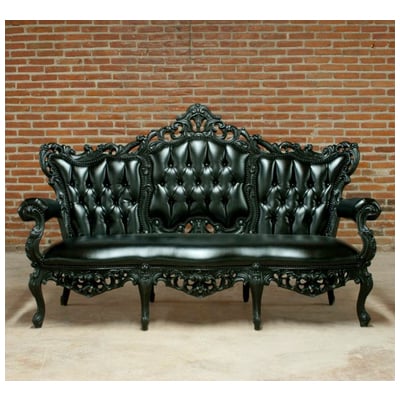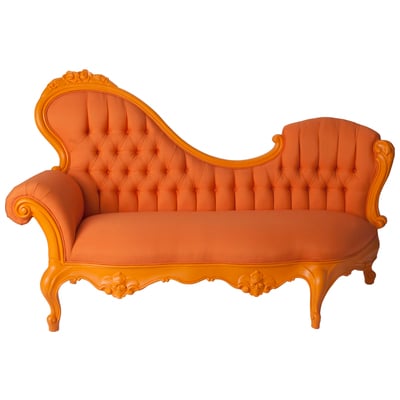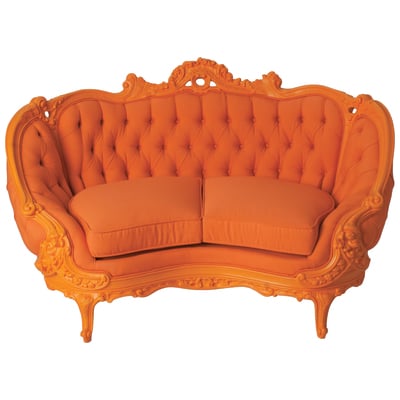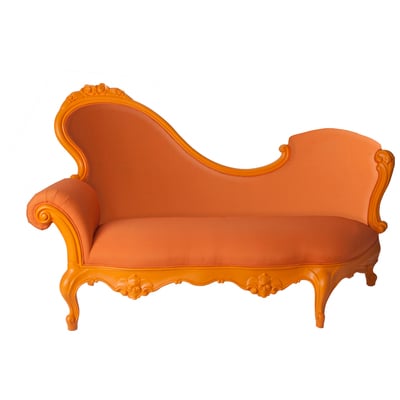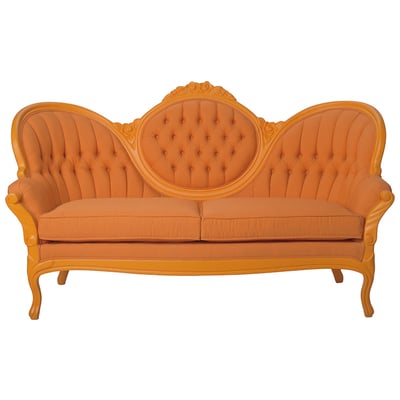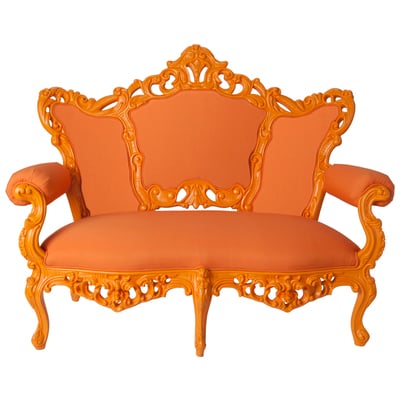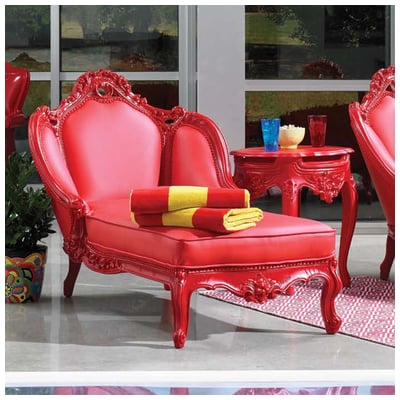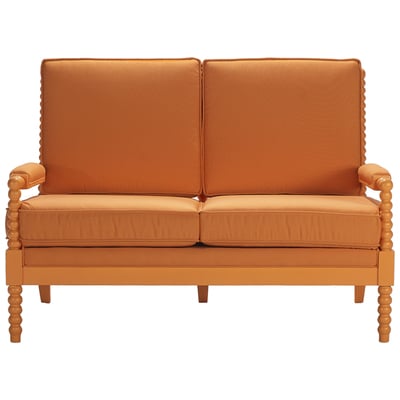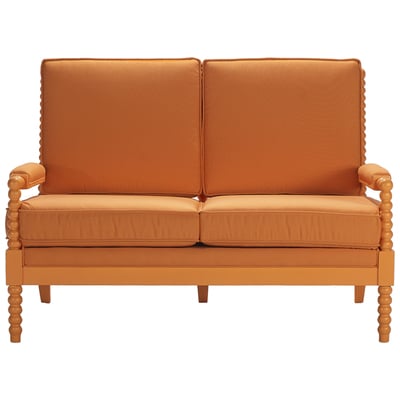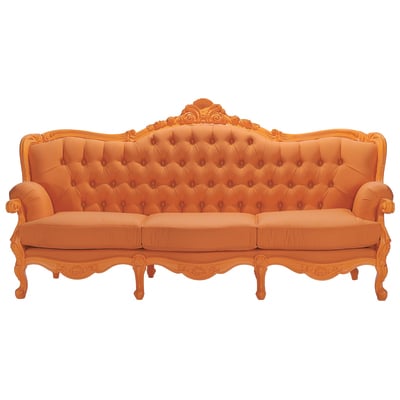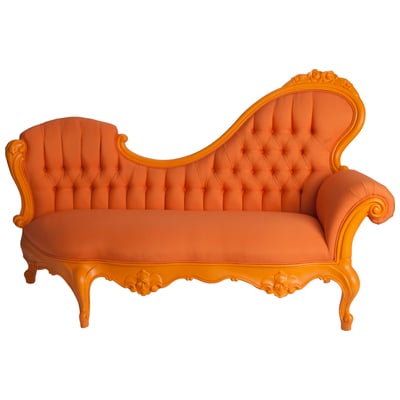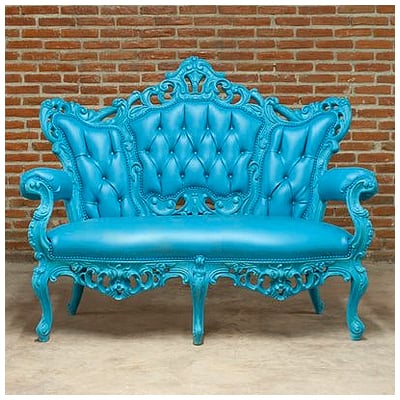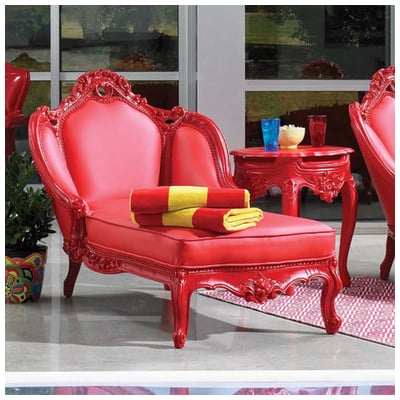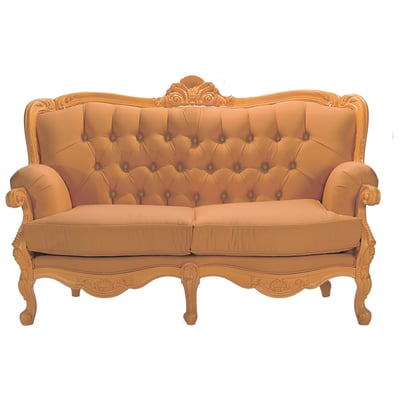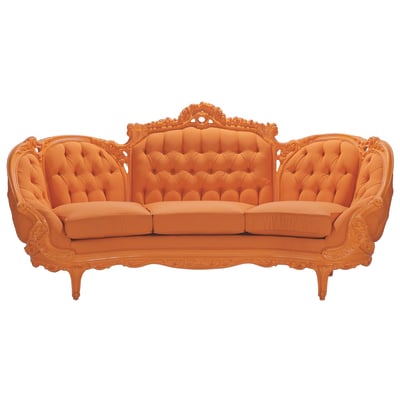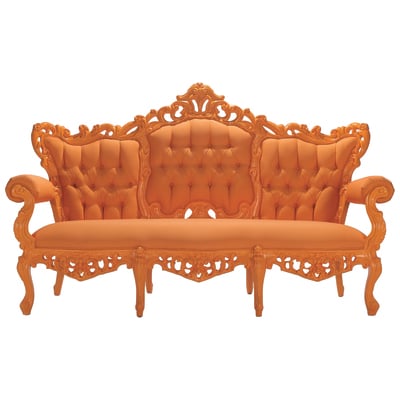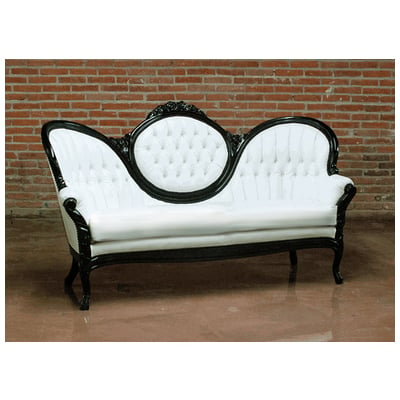I have a confession to make. I like to put my feet up. If I can’t kick my feet up while I’m in front of the TV, I’m not a happy camper. It’s one of the few petty discomforts I really can’t stand. Fortunately for you, my pickiness has turned me into something of an expert on living room lounges and recliners. There are lots of ways to get your feet up, but not all of them work in every living room (and some of them have distinct disadvantages!). So if you’re looking to build a new living room setup but don’t necessarily want to buy a new recliner, here are a few different types of lounges (and the pros and cons to each).
Recliner
If you want to be able to recline while you’re watching TV, perhaps the most obvious choice of seating is the recliner. Able to switch between chair and lounge with the push of a button, pull of a lever, or the simple act of leaning back, recliner chairs are one of my favorite ways to unwind after a long day.
Pro: They’re the perfect solution for one, allowing you to have a regular sofa for most of the family, and one comfy foot rest for whoever happens to want to put their feet up. Plus, because they range from compact library styles to big, squishy sports viewing spectacles, it isn’t hard to find one that will fit your living room.
Con: if you have a small living room, it can be a little harder to have both a recliner and a sofa. Large models can also be quite heavy, and if the chair is as comfy as you’d hope for, you’ll probably have to fight for it.
Sofa Plus
There are quite a few ways to add a foot rest to a sofa. Personally, I have a love-hate relationship with the recliner-sofa. They’re an elegant solution in that they take up only the amount of space a normal sofa would, while offering recline-ability for two (or sometimes three!). Unfortunately, they’re more fun to sit on than they are to own – because of all the mechanical parts that allow you to recline multiple sections, sofa/recliners are both outrageously heavy and remarkably unwieldy. After a bad experience with owning one myself, I’d like to suggest that, unless you aren’t planning on moving it for at least five or ten years, opt to get your recliner functionality from an ottoman-style soft coffee table instead.
Pro: Recliner sofas are comfy and space saving, while adding a bench style ottoman offers more foot space and can double as spare seating in a pinch.
Con: Recliner sofas are very, very heavy and extremely difficult to move, and bench style ottomans take up a lot of extra space (and have soft surfaces that can limit their functionality as coffee tables).
Armchair With An Ottoman
For a more classic style, though, you might want to opt with a traditional armchair and ottoman. Depending on the design, an ottoman might be bigger or smaller, come with built in storage, or even fit under your chair. But all models are meant to sit at the “foot” of the chair, so you can rest your feet at a comfortable, level height. Because ottomans are freestanding, you can move them around to adjust for your height, or even set them aside if you’re not in the mood to use one.
Pro: Armchairs that come with matching ottomans tend to be lighter, more mobile, and much less expensive.
Con: Separate ottomans can’t be packed away entirely. That means the footprint of this type of setup will always be slightly larger than a folding recliner. Also, because the chair is just a chair, the back doesn’t recline, so you’ll be sitting with your torso at a 90 degree angle to your legs.
Shop Ottomans and benches:
Storage Ottoman
My personal favorite stop-gap solution (and a good one for people living in smaller spaces and/or frequent movers) is simply adding a separate ottoman – specifically ones that are hollow on the inside, with lids made of cushion. There are plenty of table or stool style ottomans out there, but my personal faves are ones that make a perfectly great footrest for one, but don’t idly occupy space in the middle of your living room.
Pro: Cheap, portable, and offers a little extra storage. A great solution especially if you DON’T want to buy a new sofa. Plus, if you find a cute one you can use it as a statement piece.
Con: Not the most elegant solution, and it isn’t always possible to find one that will match an existing sofa well. Plus, it only works for one.
Chaise Lounge
Similar to an armchair+ottoman, a chaise or divan offers you a fully reclined seat, but in a single piece. Unlike any other form, though, these are available in both side facing and forward facing designs. First, forward facing designs are like extended chairs with built in footrests. This fixed design is great for lounging, but also means these chaises can’t be used as standard chairs. That said, front-facing chaises have a cleaner, more unified look than you’d get from a chair with a separate ottoman, and are less prone to slipping.
On the other hand, a sideways facing chaise lounge is more like a traditional sofa, but with a single large, curved arm instead of one on each side. When you want to use it to lounge, simply fling yourself sideways, and use that big, cushy arm as a headrest or back rest. And when you have company, just sit up straight and enjoy plenty of traditional sofa-like back support. That said, this type of chaise is a little more comfortable to use while laying on your side than your back – especially if you’re trying to watch TV or hold a conversation.
Pro: Great classic style and solid construction
Con: Slightly less versatile than other designs, and take up a little more space.
Shop Sofa and Loveseat from PolArt:
Sofa Sectional/Sofa With Chaise
For those more generously living room-endowed, it might be smart to opt for a modern sofa sectional, or a sofa with a built-in chaise instead of a recliner sofa. These fit in a cozy L or U shape in your living room, offering you one or sometimes two permanently reclined seats. The shape can cover a blank wall in a large room (or help section off your space), while giving you the leg room you’re looking for. Better still? They usually detach into multiple pieces, making them much easier to move or rearrange if you need to.
Pro: Larger sectionals offer enough seating for a crowd, and can often be custom designed to fit the requirements of your room.
Con: Chaise portions can’t be folded away, so you will need a bigger space for this design to work well.
What About A Modern Design?
Finally, if you’re redoing the furniture in your living room entirely, it might be time to consider a more modern solution to your lounging problem. Namely, instead of opting for something that’s a chair or something that reclines, look for something that falls squarely in between. Many modern designers have tackled more ergonomically designed sofas, loveseats, and lounges which are slightly reclined with slightly raised legs, and sleek, modern silhouettes.
Pro: Offer 24/7 reclining in a package that’s lightweight and takes up much, much less space than most alternatives.
Con: Offers 24/7 reclining – if you want to put your feet flat on the floor, this isn’t the sofa for you.
Do you like to put your feet up after a long day? Which of these solutions do you like the best? And which do you currently use in your living room?

